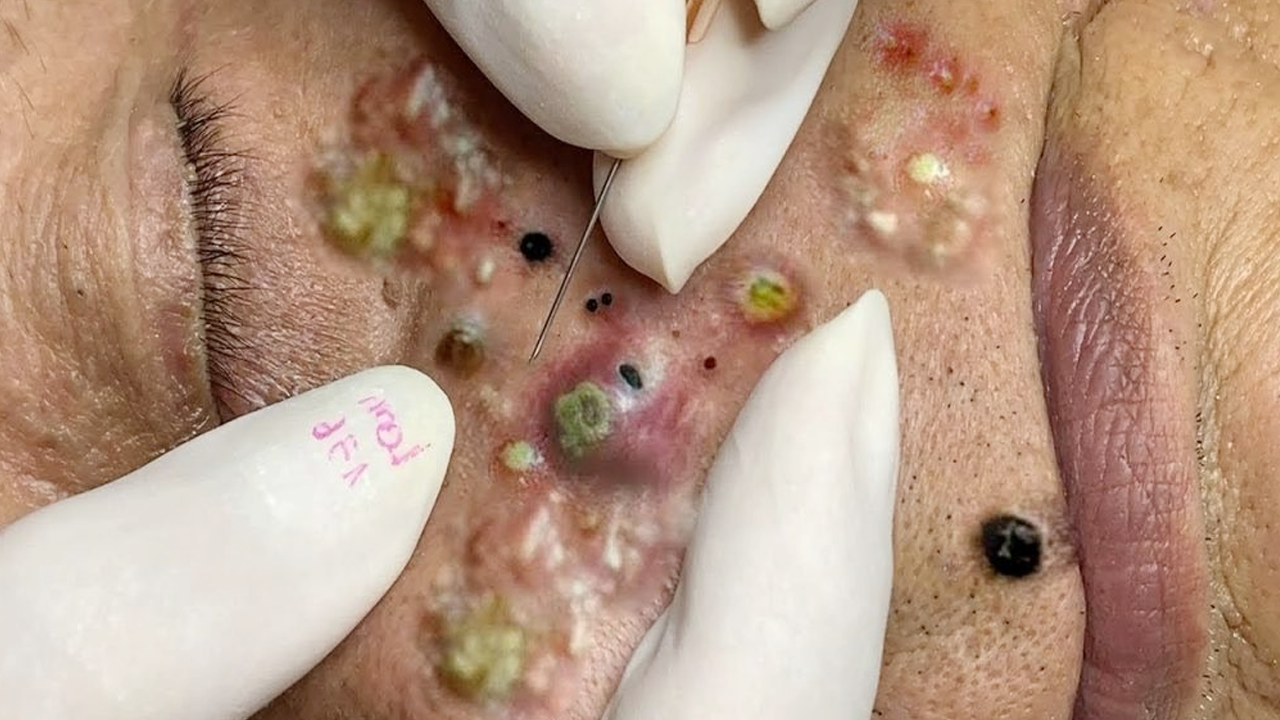Conquer Your Breakouts: A Deep Dive into Acne-Fighting Ingredients
Are you tired of battling breakouts? Achieving clear, radiant skin is entirely possible with the right skincare arsenal. The key lies not in expensive gimmicks, but in understanding the power of specific ingredients. This comprehensive guide will decode the world of acne-fighting components, empowering you to build a truly effective skincare routine.
The Powerhouse Ingredients: Your Acne-Fighting Allies
Forget trial and error; let’s equip you with the knowledge to choose the best ingredients for your skin. Here’s a detailed look at the top contenders:
Salicylic Acid: The Pore-Clearing Hero
This beta-hydroxy acid (BHA) is a multi-tasking marvel. Its magic lies in its ability to penetrate pores, dissolving the build-up of oil and dead skin cells that cause blackheads and whiteheads. Simultaneously, it reduces inflammation, calming angry, red spots. You’ll find salicylic acid in cleansers, toners, spot treatments, and exfoliants. Popular examples include Neutrogena Oil-Free Acne Wash and Paula’s Choice Skin Perfecting 2% BHA Liquid Exfoliant.
Benzoyl Peroxide: The Bacteria Buster
For inflammatory acne (those angry, swollen pimples), benzoyl peroxide is your go-to. This powerful ingredient directly attacks acne-causing bacteria, minimizing inflammation and unclogging pores. Look for it in cleansers, spot treatments, and leave-on creams. PanOxyl Acne Creamy Wash and Clean & Clear Persa-Gel 10 are well-known options.
Retinoids (Retinol, Adapalene): The Cell Turnover Champions
Retinoids, including retinol and the over-the-counter available adapalene, are game-changers. They accelerate cell turnover, preventing clogged pores and minimizing the appearance of acne and acne scars. These powerhouses are commonly found in serums, creams, and gels. Consider Differin Gel (adapalene) or The Ordinary Retinol 0.5% in Squalane.
Alpha Hydroxy Acids (AHAs): The Surface Exfoliators
Glycolic and lactic acid, both AHAs, gently exfoliate the skin’s surface, revealing smoother, brighter skin and diminishing the appearance of acne scars. These are often included in toners, serums, and chemical peels. The Ordinary Glycolic Acid 7% Toning Solution and Drunk Elephant T.L.C. Framboos Glycolic Night Serum are popular choices.
Niacinamide: The Inflammation Soother and Oil Regulator
This versatile ingredient tackles multiple acne issues. Niacinamide reduces inflammation, regulates oil production, and strengthens the skin’s barrier function. It’s particularly beneficial for calming redness and preventing future breakouts. Find it in serums, moisturizers, and toners, such as The Ordinary Niacinamide 10% + Zinc 1% and CeraVe PM Facial Moisturizing Lotion.
Beyond the Big Names: Other Effective Ingredients
While the above ingredients are cornerstones of acne treatment, several other powerful options deserve recognition:
Tea Tree Oil: The Natural Antibacterial
This natural ingredient boasts antibacterial and anti-inflammatory properties, effectively reducing acne and soothing irritated skin. Look for it in spot treatments, toners, and cleansers, like The Body Shop Tea Tree Oil or Thursday Plantation Tea Tree Medicated Gel for Acne.
Sulfur: The Oil-Absorbing Powerhouse
Sulfur effectively dries out excess oil and kills bacteria, making it ideal for spot treatments and masks. Products like Peter Thomas Roth Sulfur Cooling Masque and Mario Badescu Drying Lotion utilize its power.
Zinc: The Inflammation Regulator and Oil Controller
Often paired with niacinamide, zinc further reduces inflammation and regulates oil production. It’s frequently found in serums, moisturizers, and even sunscreens (The Ordinary Niacinamide 10% + Zinc 1%, La Roche-Posay Cicaplast Baume B5).
Hyaluronic Acid: The Hydration Essential
Even acne-prone skin needs hydration. Hyaluronic acid provides intense moisture without clogging pores, helping to counteract the drying effects of other treatments. It’s found in moisturizers, serums, and cleansers like Neutrogena Hydro Boost Water Gel and The Ordinary Hyaluronic Acid 2% + B5.
Clay (Kaolin, Bentonite): The Impurity Magnet
These clays absorb excess oil and draw out impurities, making them perfect for oily and acne-prone skin. Aztec Secret Indian Healing Clay and Origins Clear Improvement Active Charcoal Mask are examples.
Ceramides: The Barrier Repairers
Ceramides strengthen the skin’s protective barrier, aiding in moisture retention and recovery from acne treatments. CeraVe Moisturizing Cream and Dr. Jart+ Ceramidin Cream are excellent examples.
Green Tea Extract: The Antioxidant Shield
Packed with antioxidants, green tea extract soothes inflammation and reduces redness. Look for it in toners, serums, and moisturizers like Innisfree Green Tea Seed Serum and Youth To The People Superfood Antioxidant Cleanser.
Ingredients to Avoid
While many ingredients fight acne, some can exacerbate it. Avoid heavy oils (coconut, cocoa butter, mineral oil), harsh alcohols, and fragrances, as these can clog pores and irritate sensitive skin.
Building Your Personalized Routine
Remember to introduce new ingredients gradually to avoid irritation. Layer products strategically, applying lighter products (serums) before heavier ones (moisturizers). Always patch test new products before applying them to your entire face. With careful ingredient selection and mindful application, you’ll be well on your way to clearer, healthier skin.


